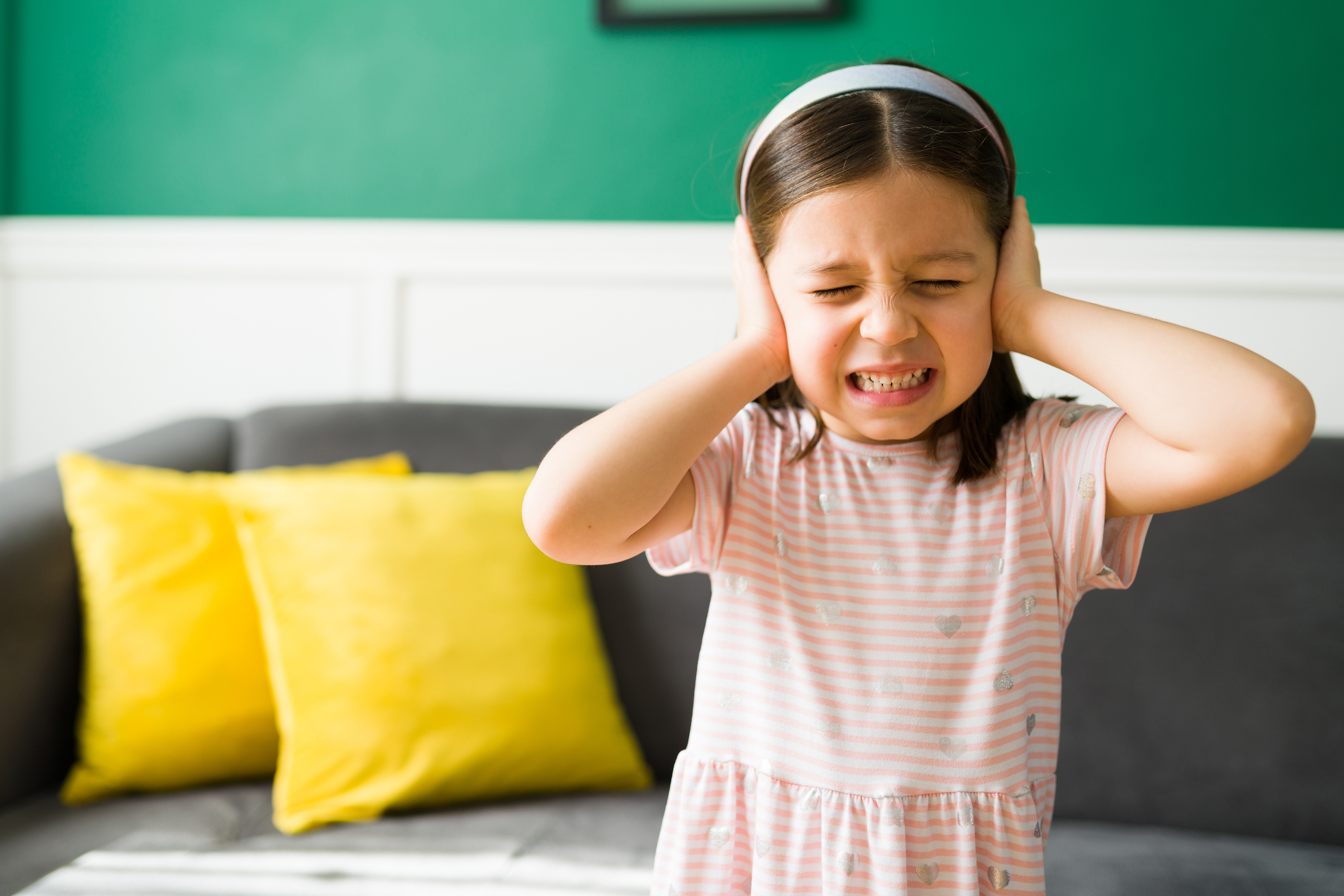
Is your child bothered by the tags on their shirts? Do they become overwhelmed by stores with bright lights or need to move away from certain foods on the table that have a strong smell? Perhaps some of these situations bother you as well.
As many as 1 in 6 children in the U.S. have trouble processing sensory inputs. But this condition, known as sensory processing disorder (SPD), isn’t currently recognized as a distinct diagnosis.
Summit Health pediatric neurologist Leonid Topper, MD, discusses the debate over SPD, its relationship with other disorders, and treatment.
Sensory overload: SPD basics
SPD is described as difficulty receiving and responding to sensory stimuli in ways that can impact daily activities or relationships. It can affect one or more of a child’s senses, and their reactions to everyday stimuli can be over- or undersensitive, or both. For example, someone with SPD might:
- Overreact to the feeling of clothing on their skin
- React poorly to bright lights or loud noises
- Be intolerant of certain smells or food textures
- Have trouble sensing where their body is in space
- Be uncoordinated or clumsy
- Display sensory-seeking behavior, such as bumping into things or enjoying rollercoasters
The concept of SPD originated in the 1960s, and research in recent decades suggests there may be differences in the brains of children with sensory processing issues. Still, there is disagreement among providers and professional organizations over whether SPD should be formally recognized.
SPD is listed in the Diagnostic Classification of Mental Health and Development Disorders of Infancy and Early Childhood. But it is not included in two other major diagnostic manuals providers use, the American Psychiatric Association’s Diagnostic and Statistical Manual of Mental Disorders (DSM-5) nor the International Classification of Diseases (ICD-10).
In addition, an American Academy of Pediatrics (AAP) policy statement recommends that pediatricians not use SPD as a stand-alone diagnosis. Meanwhile, some providers argue for formal recognition of SPD, while others say more research is needed.
Dr. Topper points out that parents may feel understandably lost. “Sensory problems are real, they cause suffering, and they need to be treated,” he says.
SPD and autism
Part of the SPD debate is whether sensory problems are symptoms of other disorders. The AAP references the following disorders in its policy statement:
- Autism spectrum disorder (ASD). Between 69% and 93% of people with ASD have sensory processing problems. Most children will show signs of ASD by age 2. However, most people with sensory processing issues aren’t on the autism spectrum.
- Attention-deficit/hyperactivity disorder (ADHD). A 2010 report concluded children with ADHD are more likely to have sensory processing problems than unaffected children. ADHD affects about 9.8% of U.S. children ages 3 to 17.
In addition to ASD and ADHD, Dr. Topper highlights other conditions where he says sensory problems usually exist:
- Anxiety. A 2019 study found that childhood SPD symptoms were linked to a higher likelihood of an anxiety diagnosis. “SPD in a child who is not autistic usually will emerge into generalized anxiety disorders,” says Dr. Topper. “And sometimes, it overlaps at certain ages, such as 8 to 10.”
Dr. Topper adds that sensory processing issues are a contributing factor to an anxiety-associated condition called avoidant/restrictive food intake disorder (ARFID). Children with ARFID experience weight loss or malnourishment and impaired psychosocial health due to severe food refusal.
Among children ages, 5 to 13, an estimated 2.6 out of every 100,000 are diagnosed with ARFID. The condition does not involve body image or weight loss concerns. Children with ASD also are more likely to develop ARFID, Dr. Topper notes.
- Migraines. Children with migraines show a higher prevalence of sensory processing difficulties, according to a 2019 study. The mean age of onset for migraines is 7 in boys and 11 in girls. However, even infants can experience migraines.
Infants, toddlers, and young children can show sensitivity to sound, bright light, motion, car rides, spinning, swings, and trampolines, in keeping with SPD, and in many of those it occurs due to their tendency for migraines. The study also recommended more research regarding its findings and treating migraines in children.
It needs to be considered, says Dr. Topper, that migraines are highly hereditary, and often run in families, along with motion sickness. So if parents have migraine or motion sickness, kids may have SPD due to these conditions.
- Joint hypermobility. Many people have joints that are more flexible than usual — ballet dancers and gymnasts among them. Dr. Topper says children who have joint hypermobility often crave motion, tend to bump into things, hug people tightly, or like being hugged, due to joint hypermobility and related reduced position senses in their joints.
Sensory processing disorder treatments
Occupational therapists often treat children with SPD symptoms. One type of therapy used is sensory integration, which involves playful activities that stimulate and challenge the senses in a controlled setting. Therapists can also help with motor and everyday skills, such as writing, climbing stairs, and getting dressed.
Dr. Topper says some children can benefit from physical therapy to address tactile (touch), balance, and motor challenges. He adds behavioral health services may be appropriate in some cases.
In children with anxiety, restrictive food intake, and migraines, treating these conditions with medications can mitigate the signs of sensory processing disorder, says Dr. Topper.
Given the ongoing divide over SPD, families may need to see more than one specialist when seeking diagnosis and treatment options. Still, Dr. Topper says access to therapy is important in helping children learn how to manage their challenges. “Treatment can help the brain update itself,” he says.
Summit Health can help
If your child has symptoms of SPD, make an appointment with your primary care physician to discuss your concerns or schedule a visit with a pediatric neurologist. Our specialists can help diagnose SPD and recommend a treatment plan.
